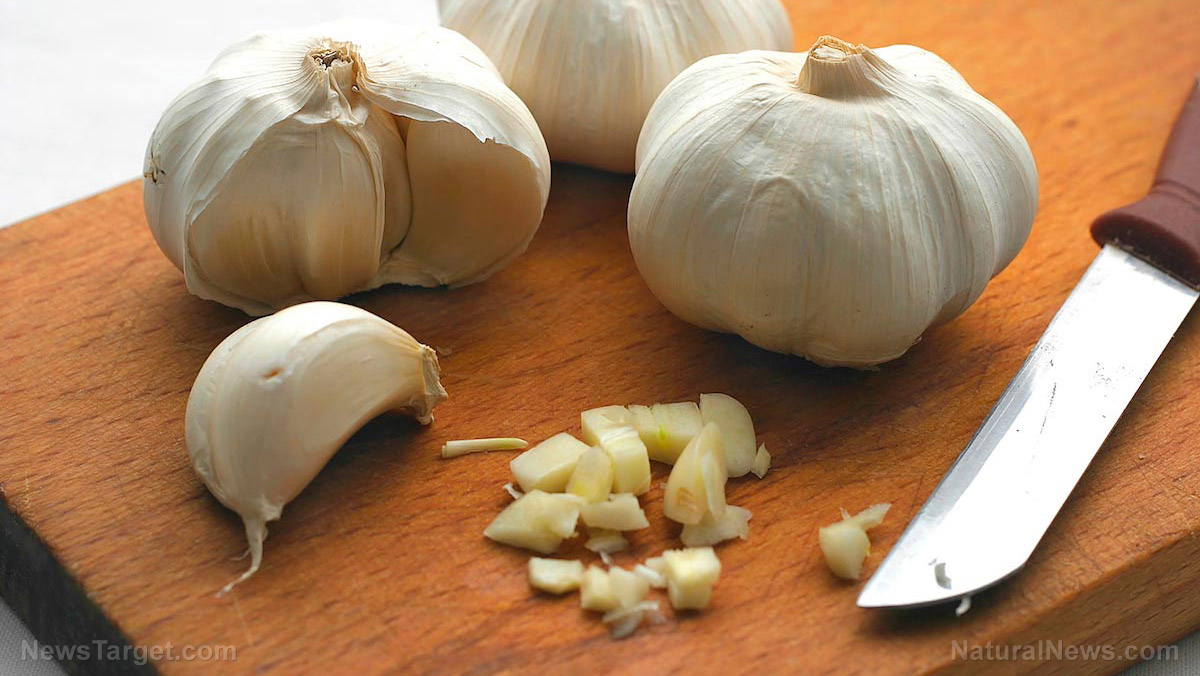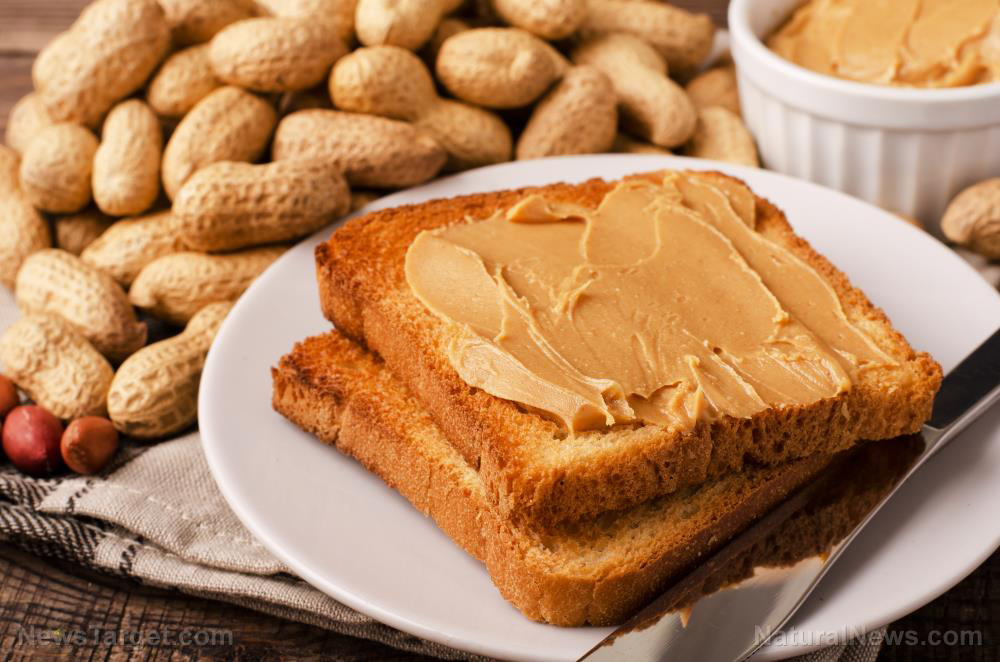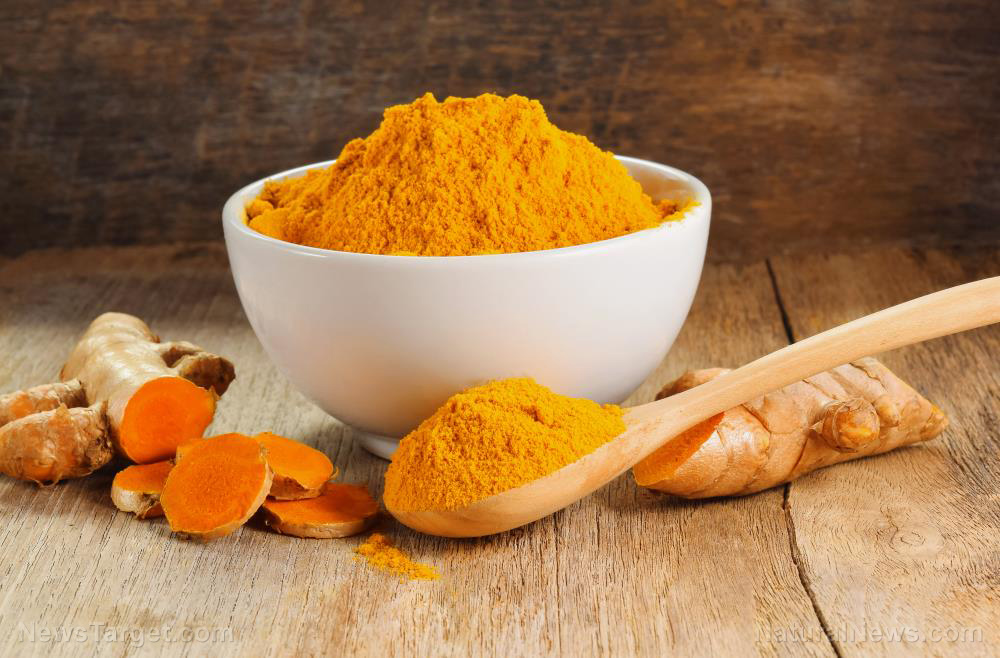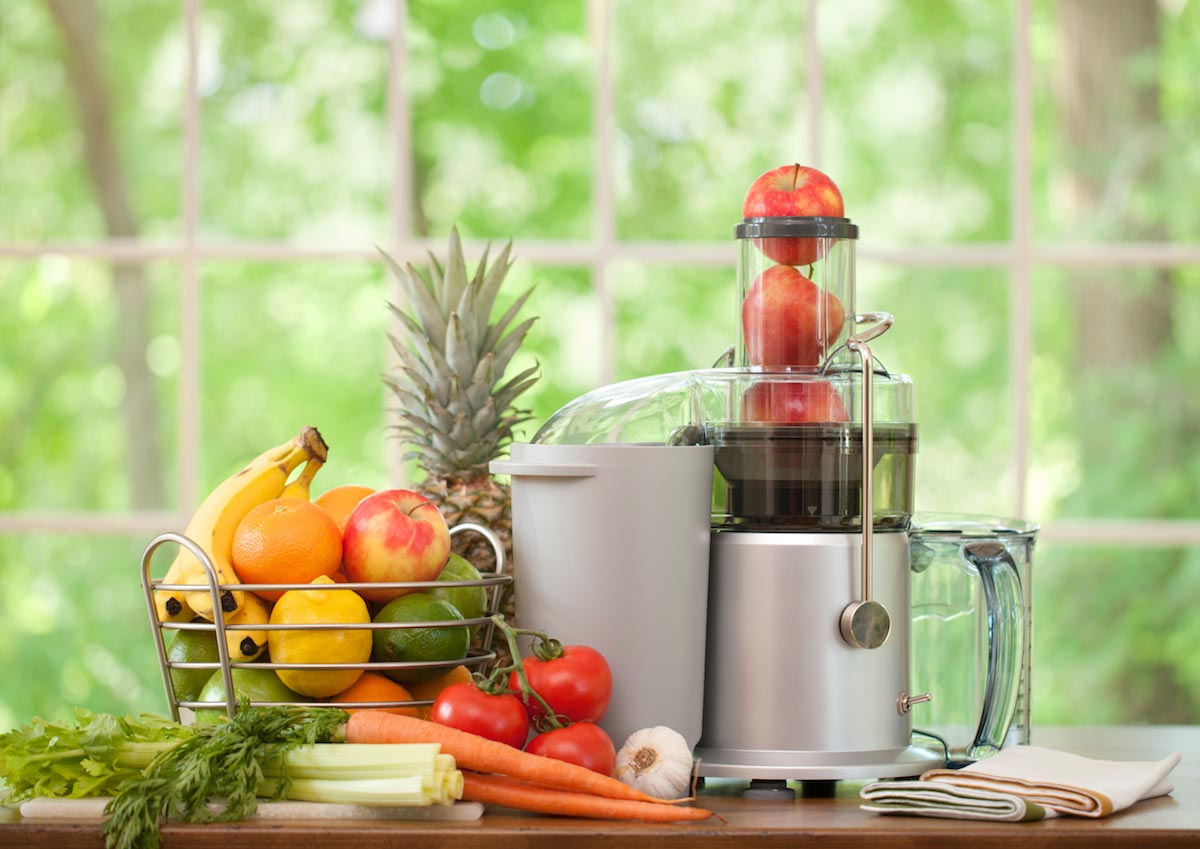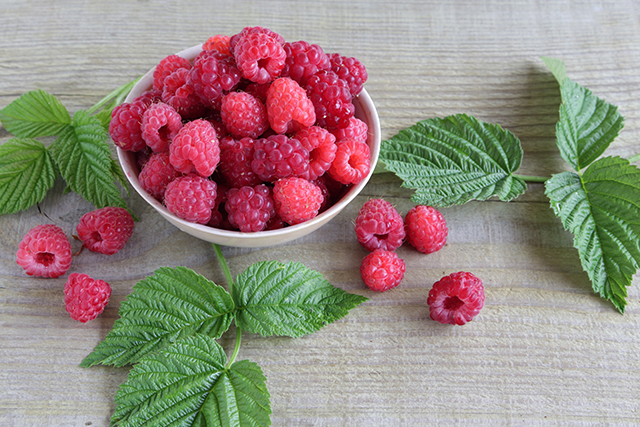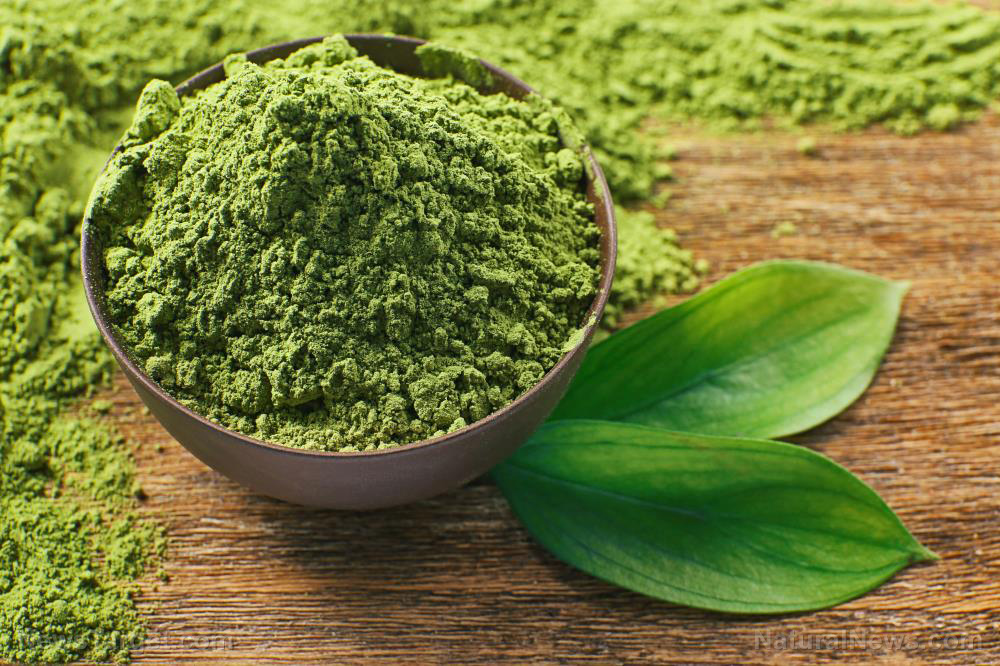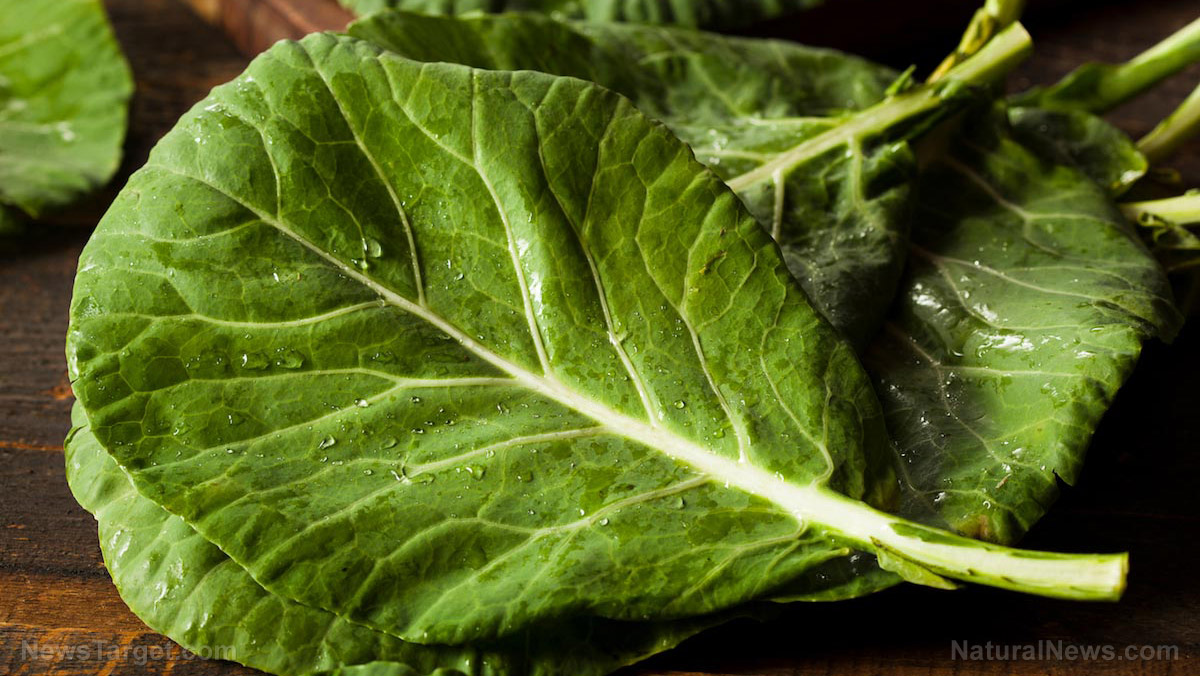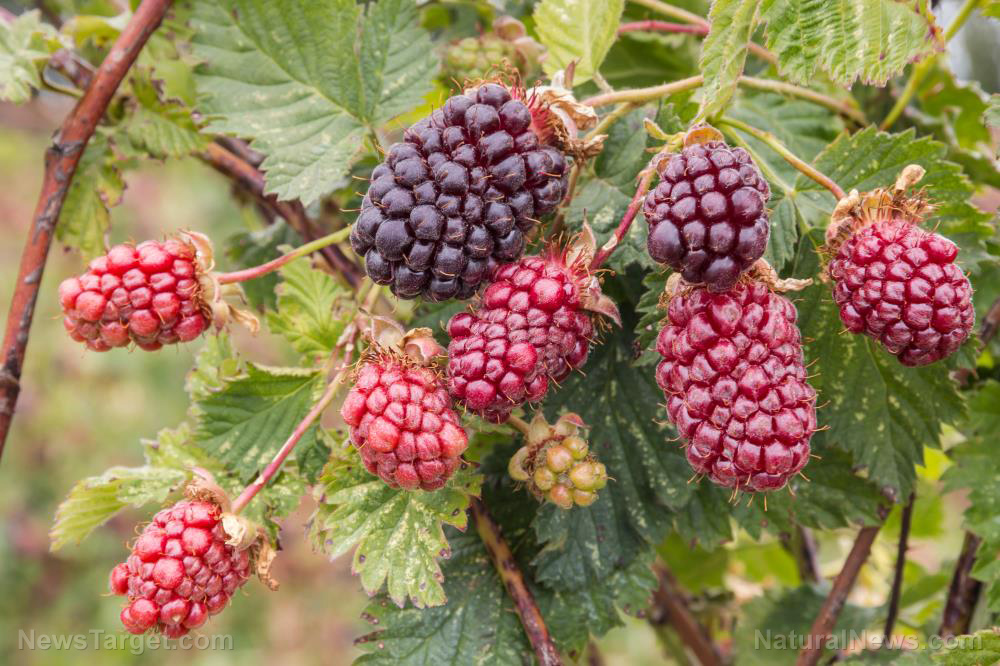Another white flour alternative: Plantain peel flour has high levels of dietary fiber
09/11/2018 / By Zoey Sky
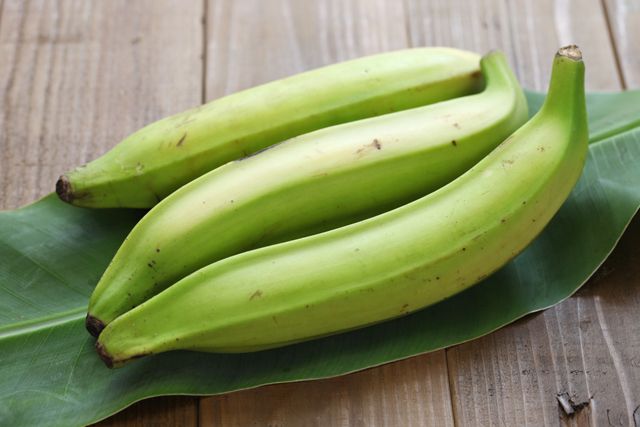
Plantains, or “cooking bananas,” are often used to create different dishes. But according to research published in CyTA – Journal of Food, flour made from plantain peel can be used as a healthier substitute for white flour.
Unripe plantain pulp is rich in dietary fiber (DF), polyphenols, and resistant starch (RS). Producing unripe plantain flour to starch isolation results in unused peel, which makes up about 35 percent of the fruit’s weight.
To ensure that the plantain peel don’t go to waste, it is often used as compost or fed to cattle. In other cases, flour made from mature plantain peels was used as a source of antioxidant DF to make cookies. (Related: Bananas for oranges: Pectin from banana peels can stabilize and preserve orange juice naturally.)
Other studies have attempted to determine the chemical composition of the DF in unripe plantain peels. However, the antioxidant capacity and its functional properties remain unknown. Determining these factors are crucial to confirming the nutritional benefits of unripe plantain peel.
The researchers set out to study the chemical and functional characteristics of unripe plantain peel along with the components of the DF and its antioxidant capacity.
Plantain peel flour is rich in insoluble fiber and high antioxidant capacity
The researchers obtained the flour from commercial green plantains (Musa paradisiaca L.) and after the plantain peel flour was produced, they set out to confirm certain factors:
- Antioxidant capacity
- Chemical composition
- Composition of the dietary fiber
- Functional properties
- Polyphenol content
The findings revealed that plantain peel flour had very high levels of ash, protein, total dietary fiber (TDF), and total starch.
For the study, it was discovered that the dietary fiber’s main component was the insoluble fraction that had a higher level of cellulose compared to hemicellulose and lignin. Meanwhile, extractable polyphenols were found in the lowest amount, yet it had the highest antioxidant capacity.
When the researchers increased the temperature of the test, the water- and oil-holding capacity values of the flour also increased.
The plantain was separated into pulp and peel and the researchers calculated its weight percentage. Using the American Association of Cereal Chemists (AACC) 44–15 method, peel moisture content was determined.
The peel was then dried at 40 degrees C for 48 hours in a convection oven. After being processed using a mill, the flour had a particle size of 0.15 millimeter (mm), which was small enough that each granule could pass through a US 100 sieve. The flour was then stored at 27 degrees C in a sealed polypropylene plastic bag until testing.
Data from the study confirmed that:
- The proteins in plantain banana peel are enzymes that are linked to the fruit’s maturation.
- The starch present in the banana peel decreases while the fruit ripens, which can help explain why unripe plantain peel has a high starch content.
- While both banana and plantain peel is a potential low-cost source of DF for use in foods, the fiber components of green banana and plantain peels must first be confirmed.
- Overall, the low cellulose, hemicellulose, and lignin contents in the plantain peel flour could be due to the presence of other non-starch polysaccharides like pectin and protopectins that form the cell wall structures of the immature fruit.
The researchers concluded that PPF is rich in total dietary fiber (TDF) with a higher level of insoluble than soluble fraction. The DF composition also revealed that since pectin is the primary component of the PPF, the flour also has both fermentable and non-fermentable carbohydrates.
PPF contained fewer polyphenols than tannins, but it had a high antioxidant capacity. The flour also had suitable water- and oil-retention capacities.
The researchers believe hopeful that plantain peel flour is a healthier alternative to white flour, and that it can be used to make various “functional foods” rich in dietary fiber.
Fast facts on plantains
While plantains are not as sweet as the “dessert bananas” popular in the U.S., they have a higher starch content.
- Plantains are valued as a crucial staple food among individuals who live in tropical countries.
- While dessert bananas can be eaten raw, most of the time plantains are cooked before eating.
- Even if they look just like dessert bananas, plantains taste unpleasant when consumed raw.
- When cooked, plantains have a similar nutritional value to potatoes. However, plantains have more vitamins and minerals.
- Plantains are full of fiber and vitamins A, C, and B-6.
- Plantains also have the minerals magnesium and potassium.
You can read more articles about nutritious plantains and their health benefits at Research.news.
Sources include:
Tagged Under: antioxidants, banana peel, dietary fiber, food science, Musa paradisiaca L., plantain, plantain peel flour, plantain peels, polyphenols, protein, starch, white flour alternative

